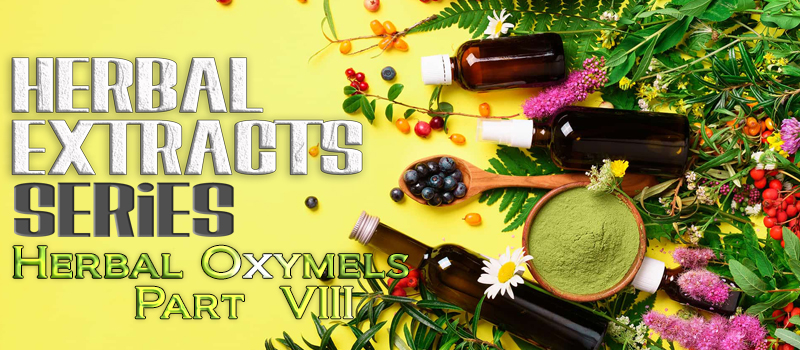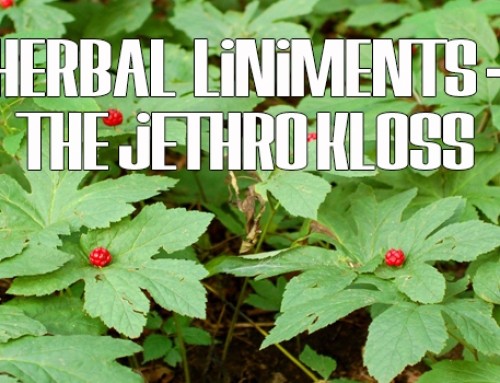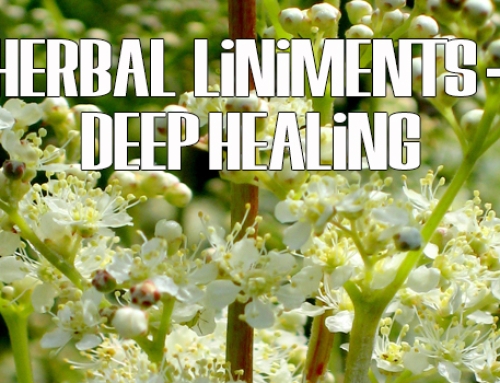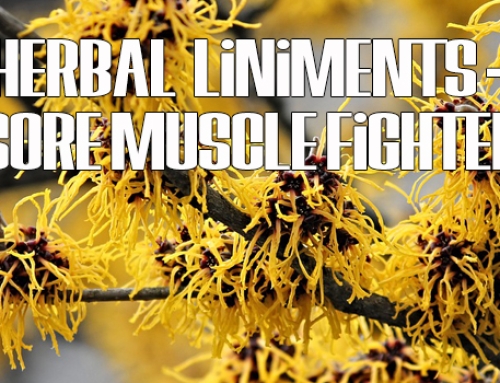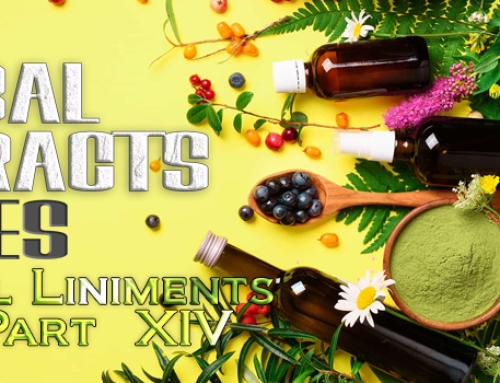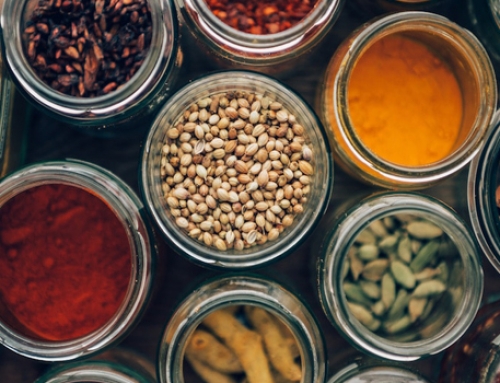What on earth are herbal extracts?
There are certain health promoting compounds that can be found in the plants around us, whether they be wild or cultivated. Herbal extraction is the process of drawing out the therapeutic components of a chosen herb or plant. In many cases, the beneficial compounds we want are tucked away within fibrous material of the plant that is challenging for our digestive systems to fully break down. You can use herbal extracts to help solve this problem by increasing bio-availability.
Each extraction can be singular (one plant or herb and concentrated compound) or there can be a combination of herbs together for a larger desired effect, but most of the time you will see these in a liquid based form ready to be ingested.
The liquid used to extract an herb is called a solvent or the carrier, or in traditional herbal language the menstrum. it is the means by which the wanted compounds can be best introduced to your bodily systems. Common solvents are water, alcohol, vinegar, and glycerin. Each solvent has specific things it’s good . . . and not so good . . . at drawing out, so you use different ones based on the type of herb you’re working with, and the desired effect you want have.
We’ll start with the most known type of extraction . . .
Oxymels – Part VIII
Oxymel is an herbal or floral extraction which had been used since ancient times for respiratory and digestive support. The name is derived from the Latin word oxymeli, which means “acid and honey.” It’s usually made by infusing pungent herbs in vinegar and/or honey – a sweet, tangy, and yummy combination! A liquid that can draw out the needed flavors and nutrients from the plants. In ancient times, nearly all medicines came from plants — typically in the form of either fresh or dried leaves and flowers. Dried and crushed bark and roots were also part of an apothecary’s/herbalist’s medicine box. Some of these items were bitter and rather nasty tasting. When combined with honey and/or vinegar, it was easier to make the medicine go down. Oxymels were recommended by Hippocrates, who wrote that:
“You will find the drink, called oxymel, often very useful in these complaints, for it promotes expectoration and freedom of breathing.”
Basic oxymel recipe consists of: (Although the ratios of honey and vinegar can vary, I make mine with . . .)
- 1 part vinegar
- 1 part honey
- herbs of choice (dried lemon peel, ginger, garlic, thyme, rosemary, sage and more!)
Fill a jar 1/4 full with dried herbs, then fill the rest of the jar with equal parts honey and vinegar. Stir the mixture, then place a lid on the jar and give it a good shake. Place the jar in a cool, dark area and allow to infuse for two weeks. When it’s ready, strain out the herbs, pour the oxymel into a jar and label it, and store it in the fridge. Shake before using.
Super easy shortcut oxymel recipe
If you already have herbal vinegar and honey on hand, you can skip the infusion process with this recipe:
- 1-2 parts fire cider
- 1 part herb-infused honey
Mix together in a small jar and stir well. Cover and store in the fridge. Use as needed.
In this series you will be able to see and gain recipes for your home apothecary remedies that will become the mainstay in your household. Here’s what you can see and learn more of:
- Teas – Infusions and Decoctions
- Tinctures
- Glycerites
- Herbal Syrups
- Herbal Oils & Salves
- Herbal Vinegars
- Herbal Honeys
- Oxymels
- Distillations
- Elixirs
- Electuaries
- Herbal Soaks
- Compresses & Poultices
- Liniments
Come and join us in bringing back the knowledge known by our ancestors and practiced for the health and benefit of those that came before us!

